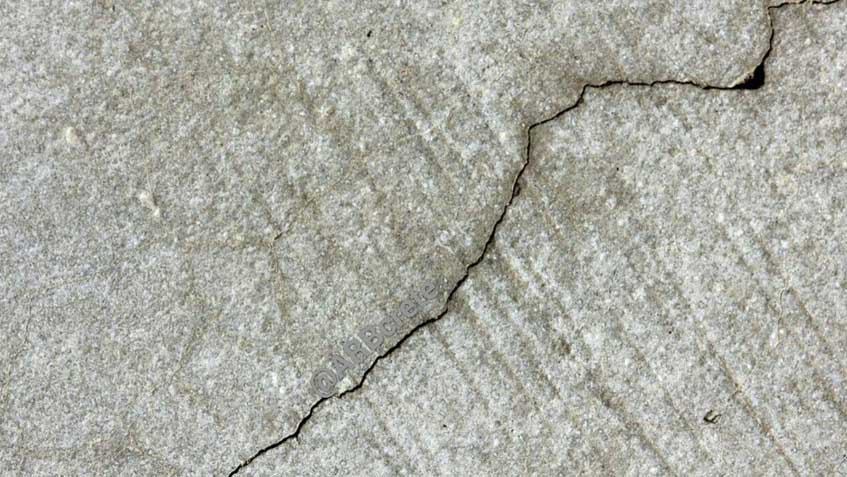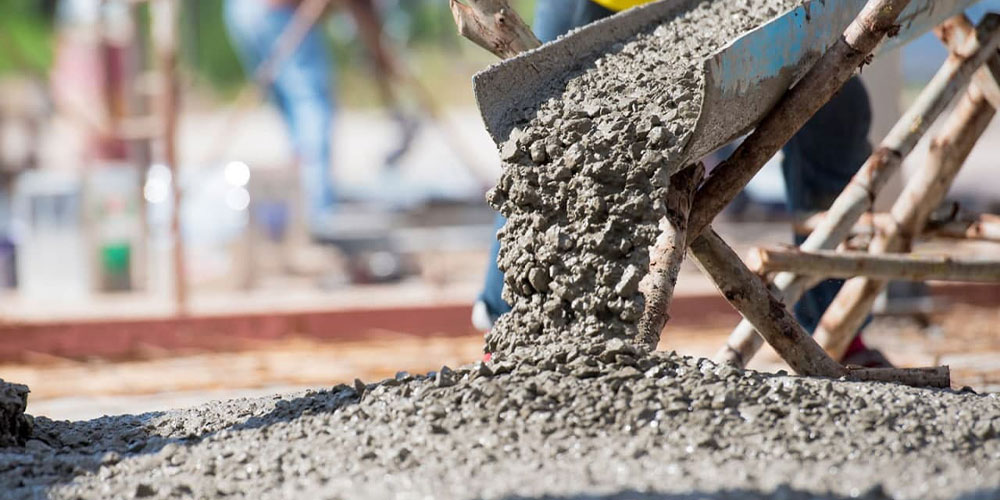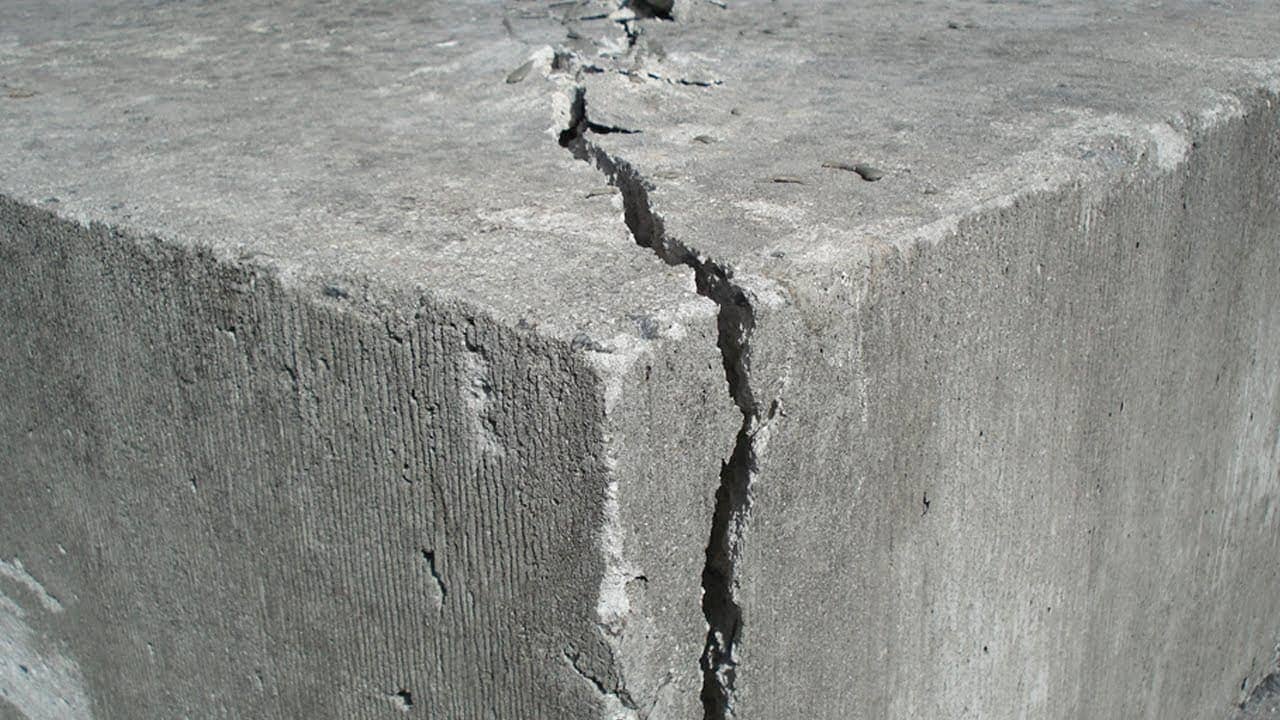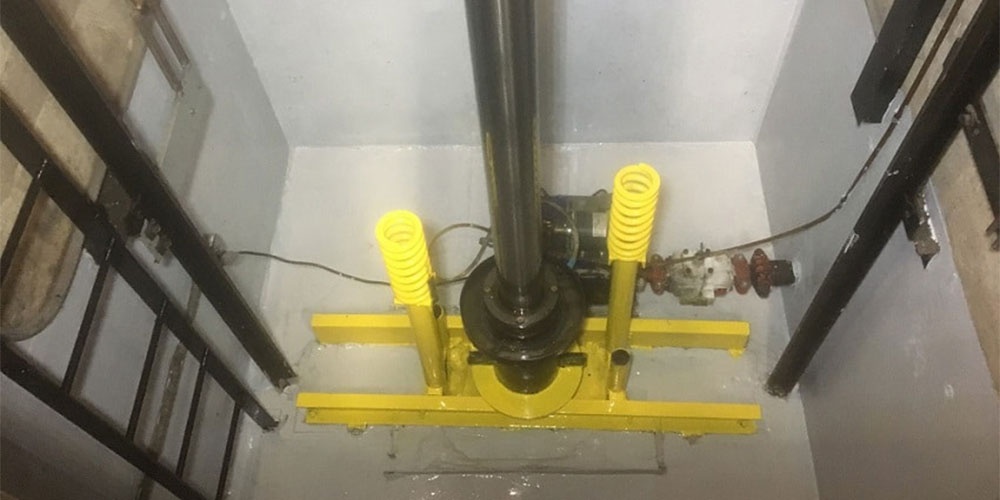Cracking in Concrete:
Major Causes of Cracking and Deterioration
Key factors leading to cracking and deterioration in concrete include the pouring period, temperature levels, type of materials used, transportation and application time, amount of additives, vibration levels, weather conditions, and other influencing factors that can reduce the lifespan of concrete.
Structures Prone to Early Deterioration
Highway bridges, concrete curbs, drainage channels, cement facades of houses, open and covered swimming pools, jacuzzis, rooftops, roof gardens, bathrooms, concrete water tanks, acid tanks, small and local water ponds, fish farming ponds, etc., often deteriorate much sooner than the minimum expected lifespan of approximately 50 years.
Factors Leading to Cracks:
In the concrete preparation process, the lack of suitable aggregates, failure to adhere to precise grading of sand and gravel, inconsistency in cement dosage, inadequate quality of the cement used, imprecision in the use of additives, and inaccuracies in water mixing are factors that contribute to cracking in concrete.
- In the process of preparing or curing concrete, prolonged time can initiate hydration and hardening of cement, leading to cracking.
- Another possibility for the formation of fissures and cracks in concrete is excessive tensile or compressive loads on the concrete.
- Due to climate variations, concrete may crack; therefore, frequent changes between heat and cold can result in cracking.
Water infiltration into concrete leads to the formation of ice crystals in winter and the generation of vapor and gas in summer (with a temperature differential exceeding 20 degrees Celsius between day and night), which also causes spalling of the concrete.
Concrete Curing Methods:
If concrete has a proper preparation and execution process, it is important to ensure that maintenance after execution is also crucial. Considerations include: protecting the concrete from freezing and overheating, proper curing, avoiding the spraying of soil and construction materials on the surface of fresh concrete before initial and intermediate setting, etc.
Adhering to these guidelines can prevent cracking and deterioration of the concrete. However, it may not be possible to follow all recommendations. Therefore, it is suggested to enhance strength and reduce cracking by using products such as N50 adhesive and concrete additives, P.P fibers, and SH7 superplasticizers. Additionally, for waterproofing the concrete surface, Z90 sealant adhesive and resin should be utilized.
Waterproofing Adhesive and Resin Z90 for Sealing Cement and Concrete Surfaces:
If there are cracks or severe contaminants in the concrete or cement surface, clean or remove these areas and eliminate any stains, cracks, etc. (For cleaning concrete, water jet machines along with concrete cleaners can be used.)
Repair all joints and cracks on the surface with N50 adhesive and concrete additive and use waterproofing adhesive and resin Z90 for the main isolation layer.
All surfaces that are sealed with Z90 waterproofing adhesive and resin are permanently waterproofed due to complete penetration into cementitious, gypsum, brick, and other surfaces.









